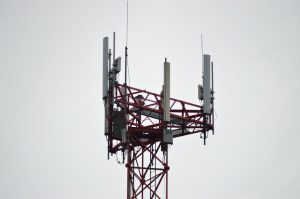Revolutionizing Global Connectivity: Starlink

Introduction to Starlink
Starlink is a Focus Keyword: Starlink satellite constellation developed by SpaceX, a private aerospace manufacturer and space transport services company founded by Elon Musk. The project aims to provide high-speed, low-latency internet connectivity worldwide, especially in areas where traditional fiber-optic cables are not feasible or available. With its innovative technology and ambitious goals, Starlink is poised to revolutionize the way we access the internet.
How Starlink Works
Starlink uses a constellation of low-Earth orbit (LEO) satellites to provide internet connectivity. The satellites are equipped with advanced technology, including phased array antennas and high-gain antennas, to provide fast and reliable internet connections. The system uses a mesh network topology, where each satellite communicates with its neighboring satellites, to provide redundant and fault-tolerant connections. This allows for high-speed data transfer and low latency, making it suitable for real-time applications such as video streaming and online gaming.
Benefits of Starlink
The benefits of Starlink are numerous. For one, it provides global coverage, including in areas where traditional internet services are not available. This makes it an ideal solution for remote communities, rural areas, and developing countries. Additionally, Starlink offers high-speed internet connectivity, with speeds of up to 1 Gbps, making it suitable for bandwidth-intensive applications. The system is also designed to be highly resilient and fault-tolerant, with multiple satellites providing redundant connections to ensure uninterrupted service.
Challenges and Limitations
Despite its many benefits, Starlink also faces several challenges and limitations. One of the major concerns is the high cost of launching and maintaining the satellite constellation. SpaceX has launched over 1,000 satellites to date, with plans to launch thousands more in the coming years. This requires significant investment and resources, which could impact the affordability of the service. Another challenge is the potential for space debris and satellite collisions, which could pose a risk to the entire constellation.
Conclusion
In conclusion, Starlink is a revolutionary satellite constellation that has the potential to transform the way we access the internet. With its innovative technology, global coverage, and high-speed connectivity, it offers a promising solution for remote communities, rural areas, and developing countries. However, it also faces several challenges and limitations, including high costs and potential risks. As the project continues to evolve and expand, it will be interesting to see how it addresses these challenges and realizes its full potential.



